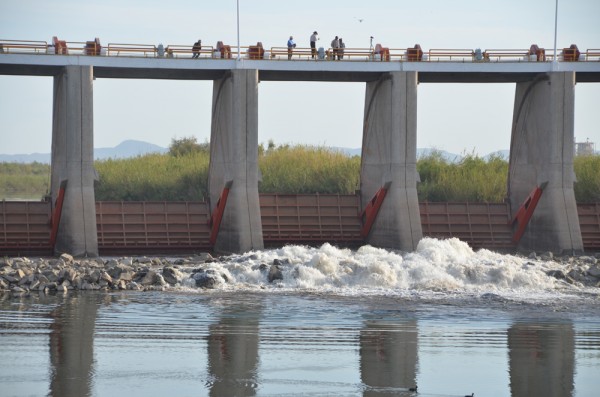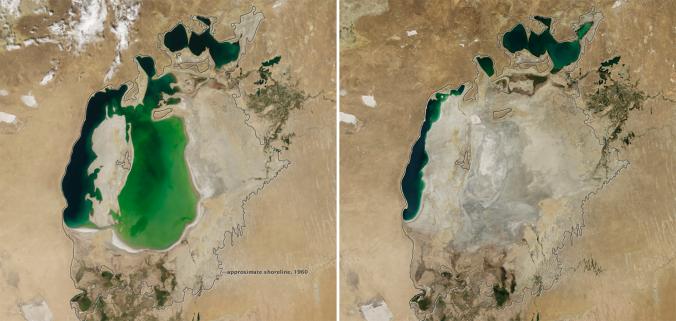“I’ve come to realize that if we were going to take just one step to make ourselves and our families healthier, probably the single best thing we could do is to simply drink more water,” First Lady Michelle Obama said in a statement issued this week. She went on to recommend downing an additional glass a day.
Which raises the question: How many glasses of water a day should you drink?
It’s commonly believed that eight 8-ounce glasses of water should be guzzled each day. You sure won’t get any arguments about that from the bottled water industry. But hydration experts aren’t sure where the “8 x 8” rule came from—or whether it holds water. Read more












